Before transportation, who were the convicts?
From 1788 to 1868 over 160,000 men, women and children from a range of social and ethnic backgrounds were punished with transportation to Australia. On this page you will find links to information on the life of convicts before their arrival in Australia and their journey to Australia.
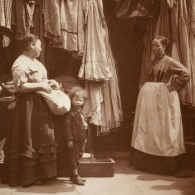
Life and conditions in the 1800s
Urban centres grew across Great Britain and Ireland in the 18th and 19th centuries. As industralisation increased, wealth distribution and social structures changed, requiring new policing and legal institutions. The justice system produced a large number of convicts, often convicted of minor crimes, requiring confinement.
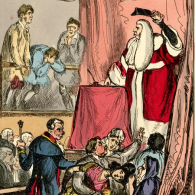
Crimes and trials
Crimes punishable by transportation ranged from serious transgressions, with transportation used in place of the death penalty, to very minor crimes where transportation was used as an alternative to adding more criminals to already full and inadequate gaols. Around 1000 convicts were transported for political crimes such as rioting, treason, and sedition.
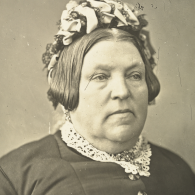
Female convicts
Over 24,000 women were transported to Australia as convicts. 12,500 of them were sent to Van Diemen’s Land. Most women were first offenders, with their crimes related to poverty. A high percentage were single, yet many left children and family behind. About 2000 children travelled with their convict parents, entering institutions on arrival.
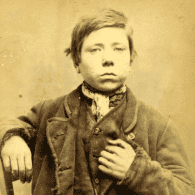
Child convicts
Children as young as 9 years were transported to Australia as convicts. 20% of the transported convicts were under 20 years. The age given on records is usually the only way to tell if a convict was a child. Although children arrived with adults on convict ships, vessels such as the Frances Charlotte with 139 children, and the Mandarin with boys from the Parkhurst prison, primarily transported convict children to Australia.

English convicts
The majority of English convicts came from the cities, especially London, Middlesex and Lancashire. Two convicts out of every three were tried in England. Trials occurred at the Court of Assizes, Courts of Quarter Sessions or the Old Bailey. The Old Bailey (Central Criminal Court) was the assize court for London, Middlesex and parts of Essex, Kent and Surrey.
- London in the 18th & 19th centuries
- Impact of industrialisation on England
- Old Bailey trial records

Welsh convicts
Four men and two women from Wales arrived as convicts with the First Fleet in 1788. Although Welsh convicts were often grouped with English convicts, it is estimated that around 2,200 Welsh convicts were transported to Australia. Trial records can be searched for the Court of Great Sessions that operated in Wales until 1830.
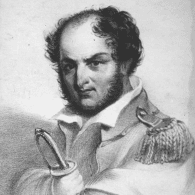
Irish convicts
The first shipload of convicts left Ireland for NSW in 1791. They were the first of nearly 30,000 men and 9,000 women transported directly from Ireland. Another 6,000 were sent from Great Britain. The last transportees were involved in the Fenian Rising of 1867. Irish trial records were largely destroyed, yet newspapers are a source of reports of some trials.

Scottish convicts
The Scottish courts sentenced fewer convicts to transportation than their English and Irish neighbours. Only about 5% of Australia’s convicts were Scottish. Scottish transportees were sent to the hulks at Portsmouth or Woolwich to be transported. The Scottish Martyrs were among Scottish political convicts transported to Australia.
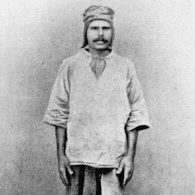
Military convicts and others from further afield
Just over 1300 were transported to Australia from beyond Great Britain and Ireland. Prisoners arrived from the British Colonies of India, Upper Canada, Cape of Good Hope (South Africa and Namibia), Hong Kong, Bermuda, Mauritius. Many of these were soldiers sentenced to transportation for crimes such as mutiny and desertion. A number of convicts (Americans, French and Canadians) were transported from Upper Canada for taking part in rebellions.
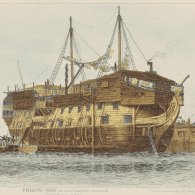
Awaiting transportation
Prisoners embarked convict ships either from gaols or from floating prison ‘hulks’. Hulks, disused ships moored in the Thames, were used to relieve full gaols. Conditions in gaols and on hulks were poor. Many convicts were already weak and ill before transportation. Convicts travelled on large ships to Australia. Convicts were washed and issued new (often inadequate) clothes before embarking. Once on board they were divided into messes, given bedding and utensils, and assigned a role.
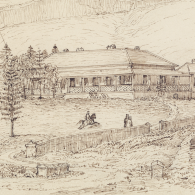
Transportation destinations
Prisoners were sent to a range of penal colonies on Mainland Australia and on Norfolk Island.Within Australia, convicts were sent to New South Wales, Western Australia (Swan River settlement), and Van Diemens Land. Once in Australia convicts could be transferred to other penal colonies such as Morton Bay (Qld) and Cockatoo Island (NSW). People convicted in free settlements could also be sentenced to transportation to a penal colony. In some cases convicts sentenced to transportation had their sentenced commuted.
- New South Wales
- Norfolk Island
- Petitions for commution of sentence
- Swan River Settlement
- Transported from South Australia
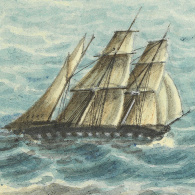
The journey to Australia
The voyage to Australia could take 4 to 5 months and followed a variety of routes. Convicts were housed below decks on a specially designated prison deck. Designs for this deck changed over the years to separate different prisoners and to enhance hygiene. On early voyages illness was rife. Naval doctors (surgeons) were brought on voyages to address this and kept detailed records. While many died of illness, only 550 convicts died in shipwrecks during the whole period of transportation.

